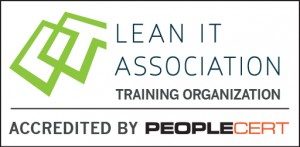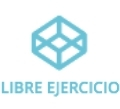1.- Introduction to Lean
1.1.- History
1.2.- Six Sigma and the relationship with Lean
1.3.- Scarcity
1.4.- Aspects of Lean
1.5.- Being Lean
1.6.- Lean IT and IT Frameworks
2.- Key Principles of Lean
2.1.- Waste
2.2.- Improving using the Principles
2.3.- Types of activities
2.4.- Characteristics of Lean IT
3.- Customer
3.1.- Value
3.2.- The Customer
3.3.- Critical to Quality
3.4.- Investigating VoC
3.5.- Voices
4.- Process
4.1.- Basic processes
4.2.- Push and Pull
4.3.- SIPOC
4.4.- Value Stream Mapping
4.5.- Takt Time, Lead Time and Standard Time
4.6.- 10 Time Metrics and Process metrics
5.- Performance
5.1.- Defining Performance
5.2.- Performance Indicators
5.3.- Defining a KPI
5.4.- Time Usage
5.5.- Skills and Knowledge
6.- Organization
6.1.- Organizing Lean IT
6.2.- Communication Cascade
6.3.- Objectives, Feedback and Performance dialogue
6.4.- Visual Management
6.5.- Making work visual
6.6.- Kanban
7.- Behavior and Attitude
7.1.- Lean Mind-set
7.2.- Lean Transformation
7.3.- Lean Leadership
7.4.- Jidoka
8.- Kaizen
8.1.- Continuous Improvement
8.2.- Kaizen Event
8.3.- Selecting a subject for a Kaizen event
8.4.- Roles in a Kaizen Event
8.5.- Running a Kaizen Event
8.6. – A3
8.7.- DMAIC
8.8.- Kaizen Tools









